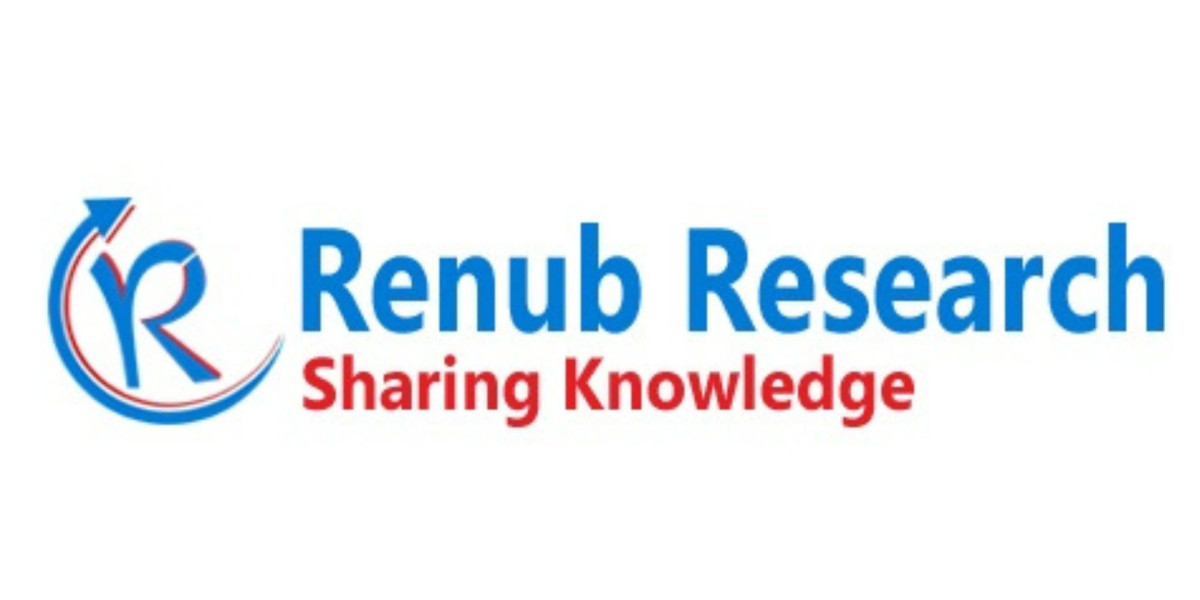Europe Home Appliance Market – Trends & Summary (2025–2033)
According to Renub Research Europe Home Appliance Market is projected to grow from US$ 112.33 billion in 2024 to US$ 147.98 billion by 2033, expanding at a CAGR of 3.11% between 2025 and 2033. The industry is experiencing a significant transformation driven by evolving consumer lifestyles, rapid technological innovation, sustainability requirements, and a shift toward premium, energy-efficient appliances. Western European markets—such as Germany, France, and the United Kingdom—are at the forefront of this transition, with growing interest in high-end products that combine functionality, connectivity, and refined design.
Key Market Trends
1. Growing Demand for Smart and Connected Appliances
Smart home adoption is accelerating across Europe. Consumers increasingly prefer appliances with:
· Remote control and automation features
· IoT and AI-based diagnostics
· Integration with home ecosystems such as Alexa, Google Home, and Apple HomeKit
Smart refrigerators, intuitive washing machines, and AI-enabled dishwashers are gaining wide acceptance. These products appeal to time-constrained households that value convenience, predictive maintenance, and energy optimization.
2. Rising Focus on Energy Efficiency and Sustainability
Europe is one of the world’s most environmentally conscious markets. Stricter EU energy-efficiency directives, combined with consumer preference for sustainable living, are pushing manufacturers to develop eco-friendly and resource-efficient appliances.
Key sustainability trends include:
· High-efficiency A-class refrigerators and washing machines
· Low-water-consumption dishwashers
· Durable, repairable, and recyclable device designs
· Green manufacturing and minimal packaging
Countries like Germany, Italy, and Poland have become hubs for R&D investments targeting low-carbon technologies.
3. Shift Toward Premiumization in Western Europe
Consumers in Western Europe, especially in Germany, France, and the UK, are increasingly purchasing premium appliances offering:
· Expanded storage capacity
· High-end materials and elegant aesthetics
· Enhanced hygiene features
· Advanced cooking functions (steam ovens, induction systems)
Brands like Miele, Bosch, and Liebherr continue to dominate the premium segment due to their long-standing reputation for precision engineering and long product lifecycles.
4. Urbanization Driving Compact and Multifunctional Products
Rapid urbanization and the rising cost of housing have led to smaller living spaces. This has increased demand for:
· Compact washing machines
· Multipurpose ovens
· Slim refrigerators
· Foldable or portable small appliances
Manufacturers are designing appliances that maximize space, reduce noise, and blend seamlessly with modern interiors—particularly appealing to apartment dwellers and young professionals.
5. Expansion of E-commerce and Omnichannel Retail
The European home appliance market is undergoing a retail transformation. Consumers increasingly rely on online platforms due to:
· Wider product assortment
· Transparent pricing
· Digital comparison tools
· Fast delivery and installation services
Retailers and manufacturers are adopting omnichannel strategies—combining showrooms, online stores, and experiential outlets to offer personalized buying journeys. Premium brands are opening experience centers to allow customers to test appliances before purchase.
Request a free sample copy of the report:https://www.renub.com/request-sample-page.php?gturl=europe-home-appliance-market-p.php
Growth Drivers
1. Tech-Savvy Consumers and Smart Living Adoption
The rise of digitally skilled consumers is encouraging rapid uptake of smart appliances. Integration of AI, advanced sensors, and connectivity enhances energy savings and performance. These innovations are further stimulated by increasing online penetration and home automation trends.
2. Urban Lifestyle Changes
Busy schedules and smaller household sizes have led to demand for time-saving appliances such as:
· Rapid-cycle washing machines
· Smart vacuum cleaners
· Automated coffee machines
· Multifunctional cookers
Manufacturers are focusing on flexible, intuitive features that align with urban living standards.
3. Strong Push Toward Low-Carbon Living
EU regulations, environmental activism, and consumer awareness have made sustainability a major driver. Products with lower electricity and water consumption are prioritized. Many consumers actively look for labels such as EU Energy Label A, EcoDesign, and EPREL certifications.
Key Market Challenges
1. Intense Price Competition from Low-Cost Imports
Cheaper appliances imported from Asia present stiff competition, especially in the mid- and low-price segments. This pressure impacts profit margins for European brands and limits investments in advanced R&D. Manufacturers must differentiate through quality, sustainability, and brand trust.
2. Rising Raw Material and Energy Costs
Fluctuating prices of metals, plastics, and energy increase production costs. Manufacturers face challenges in balancing affordability with profitability. Higher retail prices may discourage budget-conscious consumers—particularly in inflationary environments.
Regional Insights
France
The French market is driven by strong interest in sustainability, repairability, and energy efficiency. Compact appliances suited for urban apartments are increasingly popular. Economic fluctuations may restrain premium purchases, but smart and eco-friendly products continue to gain momentum.
United Kingdom
Demand is rising for IoT-enabled devices, smaller multifunctional products, and appliances offering connectivity and automation. Government initiatives promoting energy efficiency support market growth, although cost-of-living pressures remain a challenge.
Germany
Germany remains one of Europe’s largest and most technology-forward markets. Consumers value durability, premium engineering, and high energy-performance appliances. Smart-home adoption is high, and innovations integrating AI and IoT are rapidly gaining traction.
Spain
Modernization of households, urban living, and energy-saving incentives are boosting demand. Consumers show increasing interest in compact appliances and smart solutions. However, economic volatility may impact purchases in the premium segment.
Industry Developments
· May 2024 – Haier partnered with Roland-Garros as an official tournament sponsor, reinforcing its high-end positioning and brand presence in Europe.
· April 2024 – Electrolux announced the upcoming departure of its CEO Jonas Samuelson in 2025, signaling potential shifts in corporate strategy.
Market Segmentation Overview
Product Segments
Major Appliances:
· Refrigerators
· Freezers
· Dishwashers
· Washing Machines
· Cookers and Ovens
· Other Major Appliances
Small Appliances:
· Vacuum Cleaners
· Food Processors
· Coffee Machines
· Irons
· Toasters
· Grills & Roasters
· Other Small Appliances
Distribution Channels
· Exclusive Stores
· Multi-brand Stores
· Online Retail
· Other Channels
Countries Covered (14)
France, Germany, Italy, Spain, UK, Belgium, Netherlands, Russia, Poland, Greece, Norway, Romania, Portugal, Rest of Europe
Leading Companies
· Arcelik AS
· Robert Bosch GmbH
· Electrolux AB
· De'Longhi S.p.A.
· Liebherr Group
· Miele
· Koninklijke Philips
· Gorenje Group







